No matter how much you prepare in advance, you can never be totally ready for your baby when you’re finally home from the hospital. It’s okay to have questions about breastfeeding after your baby arrives—that’s what we’re here for.
Baby is here, and you’re overjoyed, exhausted, in love, stressed, confused, giddy, tired, and maybe just a little bit overwhelmed by this new phase of your life.
Welcome to parenthood!
Every parent has been where you are right now: Full of love and full of questions. Soak up your new baby, love—and let us answer your breastfeeding questions for you!
Your baby has arrived, but what about your milk? When does it get here?
One of the amazing things about your body—besides the fact that you just had a baby!—is that it started producing milk way before you went into labor. However, that milk took a slightly different form than you perhaps expected. In fact, there are several types of milk that your breasts will make—and distinct timelines for it.
The first kind of milk is colostrum. You’ll start producing it around 16 weeks pregnant. Colostrum is wonderful stuff, full of vitamins, antibodies, and nutrients that are critical for your newborn baby. But your body doesn’t make a lot of it, nor does your baby need a lot of it. (They’ve got small tummies, after all.)
But when you have your baby—and once your placenta is delivered—your hormones make a significant shift. Your progesterone levels drop dramatically, and this triggers the production of milk. Your baby also plays a vital role in this, as well—they will cluster feed for the first few days, stimulating your breasts to produce transitional milk.
Transitional milk is just what it sounds like—an in-between form of breast milk produced between colostrum and mature milk. Transitional milk has more calories and a lot of fat, lactose, and vitamins.
Finally, you’ll make mature milk. This milk is what you typically think of when you think of breast milk. It’s higher in water content than colostrum or transitional milk, which keeps your baby hydrated. Still, it’s also rich in fat, carbs, proteins, antibodies, vitamins, minerals, and other nourishing qualities that help your baby grow.
Does this all sound a bit ambiguous? Here are the rough timelines for your milk coming in:
Depending on whether you received IV fluids during a hospital birth, the timeline on this can vary, delivered your baby vaginally or via c-section, ability to initiate breastfeeding, and more.
IBCLC tip: Get your baby skin-to-skin, latched on, and nursing within an hour of being born. Skin-to-skin contact is especially beneficial for stabilizing your baby’s temperature and heart rate and stimulating breastfeeding hormones.
This is a common concern for parents. Really common! 75% of breastfeeding new parents experience pain in the first couple of weeks. And only 54% sought help for it.
But breastfeeding shouldn’t be painful. Yes, your nipples will indeed experience an adjustment period as they get used to their new job, but after a few weeks, they shouldn’t hurt.
If it does hurt, know that it doesn’t need to be that way. If you identify the source of pain or discomfort early, it can prevent ongoing problems from occurring—and, of course, make breastfeeding a more enjoyable experience for you.
The most common causes of pain include:
An International Board-Certified Lactation Consultant (IBCLC) can help assess why you’re experiencing pain during breastfeeding and develop a plan of action for resolving and managing it.
Just like no two babies are the same, no two breastfeeding journeys are the same either. As such, it’s hard to say how hard breastfeeding is because every parent experiences it differently.
A couple of things make breastfeeding hard for a lot of breastfeeding parents, though. First is starting breastfeeding without knowing what to expect. Most parents benefit from prenatal breastfeeding education. Just knowing more about HOW to breastfeed can boost confidence. Education can also help to understand their baby’s needs and identify possible issues as they start breastfeeding.
Support is also another big reason why breastfeeding can be challenging. Breastfeeding is work. A lot of work sometimes. Parents are busier and under more stress than ever before. And there are a lot of mixed cultural messages around breastfeeding—there’s an intense pressure to breastfeed your baby no matter what—still, little support to help them cope with the inevitable learning curve and challenges.
This is where IBCLCs like Nest Collaborative comes in. No parent should feel pressured to breastfeed if it doesn’t feel right to them, but we always want parents to have the support they need to succeed—even if they’re dealing with challenges.
The short answer: The right amount for you and your baby! (Yes, you’re a factor in this equation, too!)
Don’t judge your milk supply by what your best friend or your second cousin, or your co-worker made. Every parent and every baby is different.
That being said, we understand the desire for simple, straightforward answers, especially in parenthood! While we can’t tell you what to expect up to the ounce, these ranges are a more accurate way to think about your baby, your milk supply, and what to look for. A study by Medela cites the following ranges:
Those are some pretty big ranges. Why? Because babies come in all shapes, sizes, and needs. The important thing to pay attention to is if they are growing along their curve, making enough wet and dirty diapers, and meeting their developmental milestones. If all that is happening, try not to worry about your supply.
Nope! We love it when we can give a straightforward answer, and in this case, breast size definitely doesn’t correspond to milk supply.
Why’s that? Milk production takes place in your breasts, not in your breast tissue. More specifically, it takes place down in your alveoli, where there are clusters of cells. Your alveoli make the milk, which is then expressed through milk ducts to your baby.
The more alveoli you have, the higher your milk production and milk storage tend to be. But here’s the thing: the number of alveoli in your breasts has nothing to do with how much breast tissue you have.
But it’s important to remember that even if you have lower milk production and storage capacity, you can still breastfeed. Your baby may need to nurse more frequently or for longer, but your breasts are capable of rising to the circumstances.
When you’re breastfeeding—specifically, when you’re nursing—it’s easy to fret that your baby isn’t eating enough. It’s not like pouring from a Pyrex cup where you can see exactly how much milk comes out.
Should you worry? Should you not worry? Here are things to look for to give you peace of mind.
First off, a breastfed newborn should be nursing between 10-12 times a day—and sometimes more. But the best way to figure out if your baby’s eating enough is by keeping track of their diaper output and their weight gain.
You should also pay attention to their hunger cues. They’re an excellent indicator of whether they’re hungry or satisfied.
Always try to feed your baby before they get too hungry. If your baby has reached late-stage hunger cues, console them before feeding.
A full baby is a beautiful thing. A baby that has had enough to eat will look relaxed, content, or even fall asleep at the breast. You can try the palm test—pick up their arm and look at their palm. If it’s relaxed and open, they’re likely full.
From lactation cookies to blue Gatorade, we get lots of questions about what foods (and supplements and medications) are the best for upping your milk supply. Clinically known as galactagogues, there are plenty of home remedies out there but not a lot of evidence-based research supporting them.
While we don’t deny that breastfeeding parents will have success with a range of approaches, we also encourage the most straightforward (and boring, sorry!) route to support your milk supply: Drink plenty of water, eat a balanced diet, get enough sleep, and breastfeed your baby frequently.
Leaking. How many breastfeeding parents have looked down to find their shirtfront saturated by breast milk? It’s one of those unexpected, maybe-annoying-maybe-funny-definitely-inconvenient parts of breastfeeding.
Leaking, like it or not, is pretty standard. It happens most frequently early in your breastfeeding journey as you establish your supply. Situations like the following are known triggers:
Take heart: Once you have a regular supply-and-demand arrangement with your baby, it tends to decrease. In the meantime, you can slow leaks by applying pressure to your breasts, but if you find that you’re prone to leaking, make sure to wear nursing pads and dark or patterned shirts to help camouflage stains.
IBCLCs get it: It’s hard to know what’s normal and what’s not when you’re breastfeeding. So you should always reach out to an IBCLC if you’re feeling unsure—we all want you to feel confident! We welcome any questions at any time.
That being said, it’s especially important to get help if you’re dealing with the following:
Got more questions? We want all parents to feel confident about their breastfeeding experience. We’re here to answer your questions and help you find solutions.
Book a convenient online video appointment with one of our IBCLCs today.
